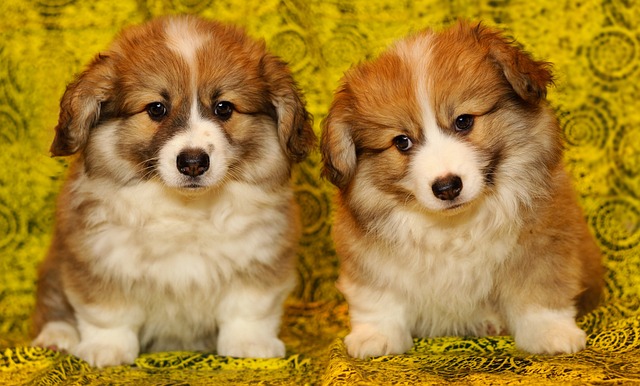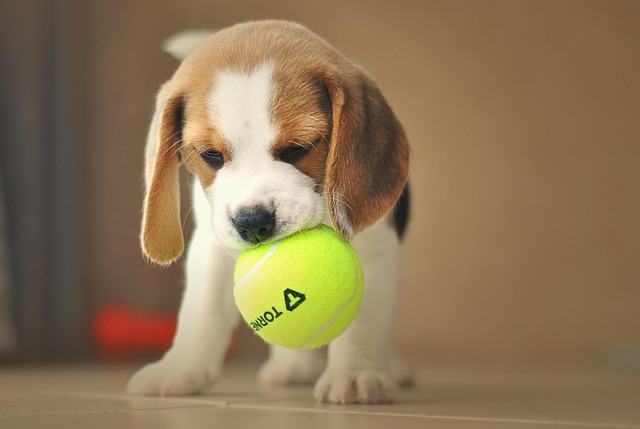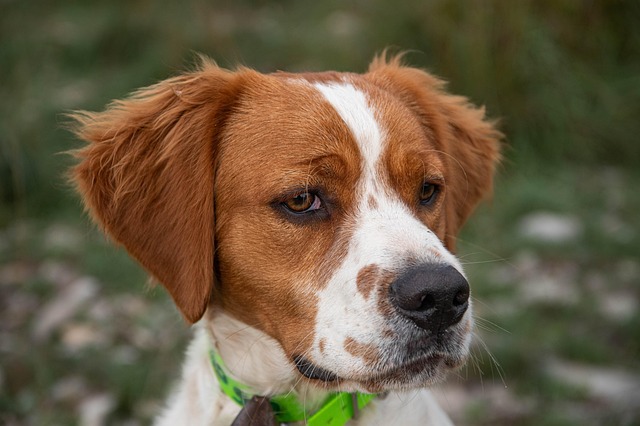Bringing a new puppy home is an exciting time, but it also comes with a host of questions. One common query among new pet parents is, “How often is it better for a puppy to take a bath?” While a clean puppy smells great and looks adorable, over - or under - bathing can affect their health and well - being. Let’s dive into the factors that determine the ideal bathing frequency for your furry friend.
First, consider your puppy’s age and coat type. Very young puppies, especially those under eight weeks old, shouldn’t be bathed unless absolutely necessary. Their immune systems are still developing, and a bath can cause them to get chilled easily. For older puppies, the type of coat plays a significant role. Breeds with thick, double coats like Huskies or Malamutes might need less frequent baths as their natural oils help protect the fur and skin. On the other hand, breeds with single coats, such as Dalmatians or Greyhounds, may require more regular cleansing to keep their skin and fur healthy.
Take Charlie, a Golden Retriever puppy. His owner noticed that after a few weeks of playing in the backyard, he started to smell a bit musty. But because Golden Retrievers have a water - resistant double coat, bathing him too often could strip away the essential oils that keep his fur healthy. So, Charlie’s owner decided to bathe him once every six weeks, except in cases of extreme dirtiness.
Another crucial aspect is your puppy’s lifestyle. If your puppy loves to roll in mud during walks, dig holes in the garden, or explore damp, dirty areas, they’ll need more frequent baths. However, for puppies that mostly stay indoors, especially those living in apartments, less frequent bathing is usually sufficient. Just like Lucy, a toy Poodle who spent most of her time in her owner’s city apartment. Since she had limited exposure to the outdoors, a bath every two months was enough to keep her clean and fresh.

Before giving your puppy a bath, it’s essential to remember your pet - ownership responsibilities. In most Western regions, ensuring your puppy’s vaccinations are up - to - date is a legal requirement. A healthy puppy is better able to withstand the stress of bathing. Additionally, maintaining good community hygiene is key. Whether you’re walking your puppy in a park or on the sidewalk, always clean up after them. A clean environment reduces the chances of your puppy getting dirty in the first place, which means fewer baths.
When it comes to the bathing process itself, positive experiences are crucial. Puppies can easily develop a fear of baths if they have a negative initial encounter. Avoid using harsh sprays or forcing them into the water. Instead, introduce water gradually, use warm water, and offer treats and praise throughout the bath. This positive reinforcement helps your puppy associate bath time with good things, making future bathing sessions a breeze.
For apartment dwellers, space and water usage can be considerations. Some pet owners invest in portable dog bathtubs to make the process easier and less messy. After the bath, make sure to dry your puppy thoroughly, especially if it’s cold outside. A wet puppy can quickly catch a chill, which could lead to health problems.
In general, most puppies benefit from a bath every 4 - 8 weeks. But this can vary widely based on individual circumstances. By considering your puppy’s age, coat type, lifestyle, and using positive bathing practices while fulfilling your pet - ownership duties, you can keep your puppy clean, healthy, and happy.






